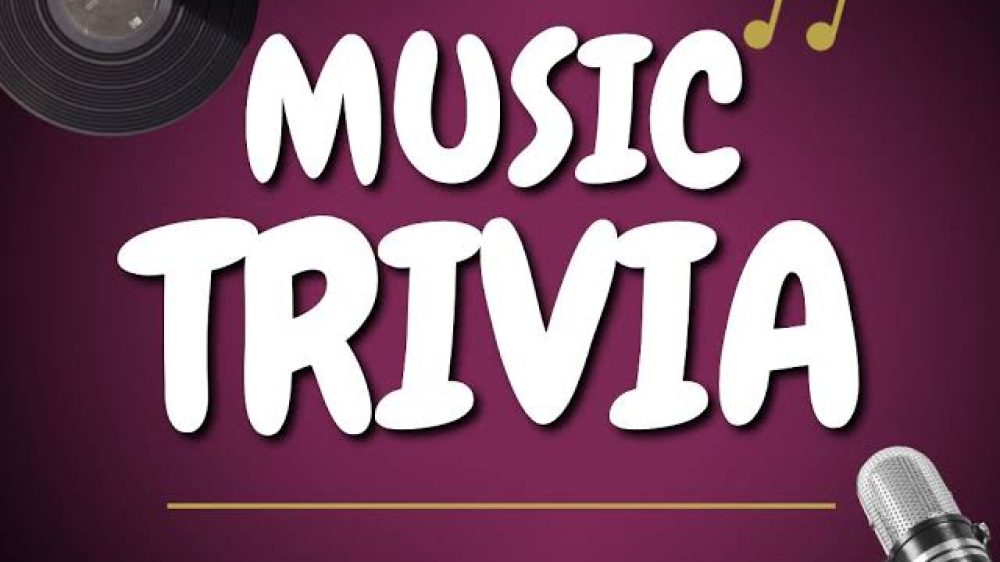Image by Yunus Tuğ on Unsplash
The classroom doesn’t have to be boring. What if a simple game could boost participation, reinforce lessons, and make your students actually look forward to your class? Bingo games for classroom success offer exactly that, especially when infused with a musical twist. It transforms traditional learning into an interactive experience that captivates students of all ages.
In this blog post, we’ll explore why music bingo works, its science-backed benefits, and how to implement it in your classroom for maximum impact.
RELATED BLOGPOST
Importance of Music Bingo Works in Classrooms
Music bingo isn’t just fun, it’s a powerful tool for learning. Using music bingo in the classroom combines fun learning with music, helping students do better, as the approach taps into cognitive and emotional benefits that enhance classroom success. Below, we explore the science behind why music bingo is so effective.
The Surprising Link Between Music and Memory
Music has a profound impact on memory retention. According to a notable study from 2014, “Less Effort, Better Results: How Does Music Act on Prefrontal Cortex in Older Adults during Verbal Encoding? An fNIRS Study”, music stimulates cognitive performance, particularly in verbal encoding. It also highlights the role of the prefrontal cortex.
When students associate lesson content with familiar tunes in a bingo game, they’re more likely to retain information long-term. For example, using a catchy song to teach multiplication tables can make abstract concepts stickier.
Music bingo leverages this by pairing educational content with melodies, creating a memorable learning experience.
Why Bingo? The Psychology of Gamified Learning
Today’s students have shorter attention spans, with research from Microsoft estimating an average of 8 seconds for digital natives. Bingo’s gamified structure counters this by offering instant rewards, marking a square or shouting “Bingo!” triggers dopamine release, reinforcing engagement.
The game’s simple rules and competitive edge keep students focused, while the anticipation of winning adds excitement. Classroom bingo transforms mundane review sessions into dynamic, rewarding experiences students crave.
Inclusivity Boost: How Music Bingo Engages All Learners
Music bingo is inherently inclusive, catering to diverse learning styles. Visual learners benefit from bingo cards and colourful markers, auditory learners connect with the music, and kinesthetic learners engage through physical actions like marking cards.
A 2021 study from the Journal of Educational Psychology found that multimodal activities increase participation among students with varied needs, including those with learning disabilities. Music bingo’s flexibility ensures every student feels involved, making it ideal for inclusive classrooms.
Image by Shelby Murphy Figueroa on Unsplash
How to Use Music Bingo for Classroom Success (Step-by-Step Guide)
Are you ready to bring bingo games for classroom success into your teaching? Here’s a practical guide to implementing music bingo effectively.
- Define Learning Objectives: Identify the lesson content you want to reinforce, such as vocabulary, math facts, or historical events.
- Create Custom Bingo Cards: Use tools to design cards with terms, numbers, or images tied to your lesson.
- Select Music: Choose songs that align with the lesson or student interests. For example, use pop hits for younger students or classical music for older ones.
- Incorporate Content into Music: Replace bingo calls (e.g., “B-5”) with lesson-specific prompts, like “Solve 5×3” or “Define photosynthesis,” paired with a short musical clip.
- Set Rules and Play: Distribute cards, play music clips, and call out prompts. Students mark their cards when they hear the correct answer.
- Reward Winners: Offer small prizes like stickers or extra credit to boost motivation.
5 Ways to Adapt Music Bingo for Learning
Bingo for classroom success is versatile and can be tailored to any subject or age group. Below are five creative adaptations:
- Vocabulary Bingo: Use music bingo to teach new words. Play a song clip and call out a definition; students mark the corresponding word.
- Math Bingo: Replace numbers with equations. For example, call out “What’s 4+7?” and students mark “11.”
- History Bingo: Create cards with historical figures or events. Play a song from the relevant era to set the mood.
- Science Bingo: Use terms like “mitosis” or “gravity.” Pair with science-themed music for added fun.
- Language Learning Bingo: Teach foreign language vocabulary by calling out translations while playing cultural music.
Pro Tips for Maximum Engagement
1. Keep It Short: Limit sessions to 15-20 minutes to maintain excitement.
Take Your Game Nights to the Next Level
Muzingo is a fun game where players listen to music tracks and match them to bingo cards — competing to win prizes with friends.
Play Muzingo FreeNo Card Required
2. Vary Music Choices: Rotate genres to appeal to diverse tastes, from pop to jazz.
3. Involve Students: Let them suggest songs or create bingo cards for ownership.
4. Use Technology: Apps like Muzingo can integrate music bingo with digital platforms for hybrid classrooms.
5. Track Progress: Monitor which topics students struggle with to refine future lessons.
Image by Shannia Christanty on Unsplash
In summary, bingo games for classroom success, especially with a musical twist, offer a dynamic way to boost engagement, reinforce lessons, and create inclusive learning environments. Once leveraged, you can transform your classroom into a hub of excitement and learning.
Read more: Music Bingo: A Detailed Guide for Beginners
FAQs
1. How can bingo games for classroom success be adapted for different age groups?
Bingo games can be tailored by adjusting the complexity of prompts and music choices. For younger students, use simple words and popular songs; for older students, incorporate advanced concepts and diverse genres.
2. What tools can I use to create classroom bingo cards?
Free tools like Canva and My Free Bingo Cards allow you to design custom bingo cards with ease.
3. How does music bingo support students with learning disabilities?
Music bingo engages visual, auditory, and kinesthetic learners, creating an inclusive environment. Its multimodal approach supports diverse needs, as shown in studies like the 2021 Journal of Educational Psychology.


